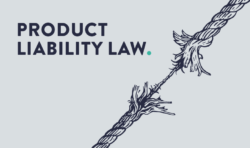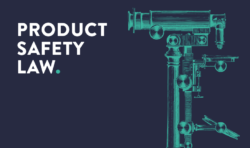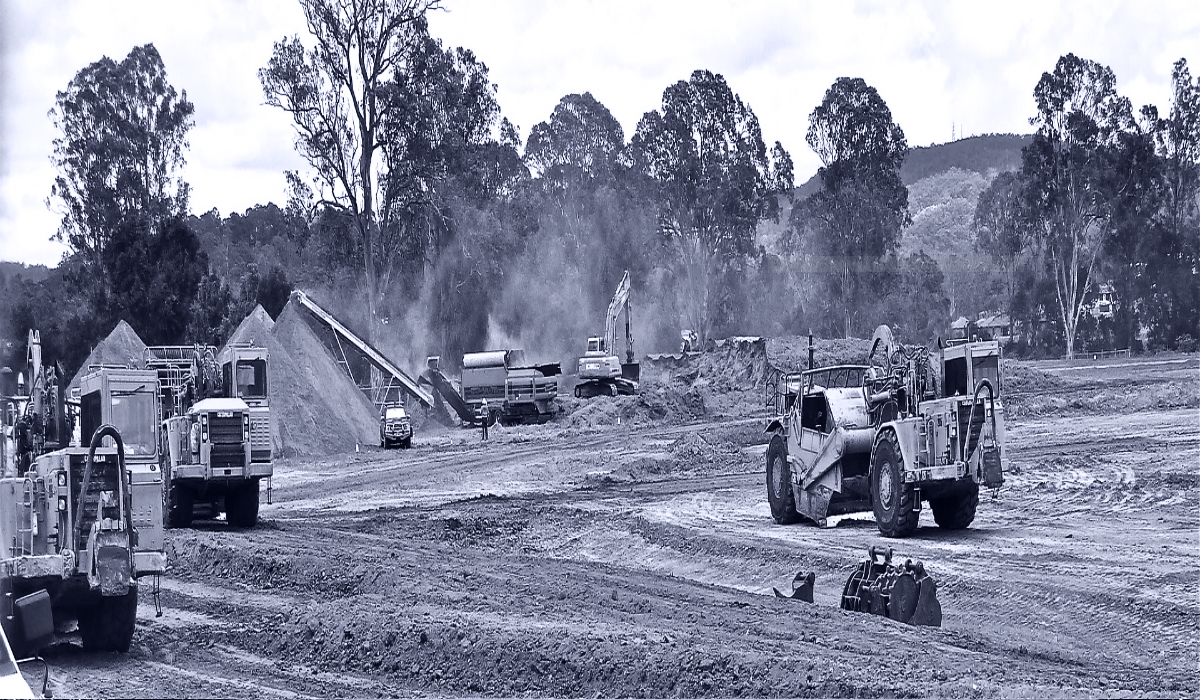The reason for the proposal for a regulation on the safety of toys were deficiencies that were said to have become apparent in the course of the practical application of the outdated Toy Safety Directive. In the Commission’s view, the directive did not sufficiently protect children from possible risks caused by harmful chemicals. The problem would also be exacerbated due to the lack of enforceability of the regulations and the slow implementation of amendments into national law (cf. Draft Explanatory Memorandum, p. 2). With the TSR-D, the Commission wants to remedy these problems and is working on various levers to do so.
I. Scope of the TSR-D
The scope of application of the TSR-D remains almost unchanged compared to the Toy Safety Directive. According to Art. 2 para. 1 TSR-D, the TSR-D applies to products intended for use in play by children under 14 years of age (“toys”). According to Art. 5 para. 1 TSR-D, the specific scope of application is linked to the placing on the market.
Slings and catapults are now no longer excluded from the scope (cf. Art. 2 para. 2 lit. e) Directive 2009/48/EC). Art. 2 TSR-D is intended to empower the Commission to extend the scope of application to certain products or product categories or to exclude them from the scope of application by means of implementing acts.
II. General and particular safety requirements
The division into general safety requirements (Art. 5 para. 2 TSR-D) and particular safety requirements (Annex II of TSR-D) is retained from a regulatory point of view. In the general safety requirements, Art. 5 para. 2 TSR-D now explicitly includes the mental and spiritual health, well-being and cognitive development of children as protected interests.
Major changes are made to the particular safety requirements for the chemical properties of toys (cf. Part III of Annex II of the TSR-D). The ban on the use of certain substances has been extended (cf. No. 4 of Part III of Annex II of the TSR-D), at the same time the possibilities for exemptions from this ban are to be restricted. The option to obtain an exemption from ECHA for certain substances is newly created (cf. recital (18) of the TSR-D).
III. Instructive requirements
The instructional requirements entail noticeable changes. Particularly noteworthy here are the requirements for warnings (Art. 6 TSR-D) and the CE marking (Art. 15 ff. TSR-D). Among other things, in future the word “Caution” no longer has to be affixed to the product in all languages required by the Member States, but may alternatively be replaced by a pictogram (cf. No. 1 of the Annex to the TSR-D).
The manufacturer is also obliged to draw up a so-called product passport for the toy, which contains the relevant information on conformity and is to replace the EU declaration of conformity in the future. In future, the manufacturer is to declare conformity by drawing up the product passport and affixing the CE marking (cf. recitals (42), (45)). The product passport should contain all the information necessary to assess the conformity of the toy (cf. recital (42)). In this way, the Commission wants to achieve synergy effects and, in the medium term, also promote the sustainability of toys with the help of the product passport (cf. Explanatory Memorandum, p. 3). The product passport must reflect the respective toy model (cf. Art. 17 para. 2 lit. a) TSR-D). Thus, it does not have to be defined individually for each product, but on the other hand it must not be too general (and e.g. include several similar products). The product passport will be linked to the toy via a data carrier and can be called up via this. This can be a QR code, for example, but is not limited to this. Furthermore, the product passport must be included in a central register of the Commission, to which market surveillance and customs authorities, among others, are to have access (cf. Draft Explanatory Memorandum, p. 14).
The technical requirements for the product passport are similar to those of the proposal for a regulation establishing a framework for the setting of ecodesign requirements for sustainable products (so-called Ecodesign for Sustainable Products Regulation, ESPR). In future, the product safety aspects on the one hand and the sustainability-related properties from the ESPR on the other hand can be mapped via the product passport (cf. Draft Explanatory Memorandum, p. 3). It is unclear whether one product passport per product is sufficient for this (which would probably be desirable from an economic point of view).
IV. Changes in the obligations of economic operators
For economic operators, the new regulation results in some changes. In addition to the full name and address, manufacturers must in future also indicate an e-mail address on the toy (Art. 7 para. 6 TSR-D). The importer is also subject to the same obligation (Art. 9 para. 3 TSR-D). Furthermore, according to Art. 7 para. 11 TSR-D, manufacturers have to create a contact possibility where complaints regarding the safety of toys can be submitted. Importers must check compliance with this manufacturer’s obligation and, if necessary, set up such a contact facility themselves (cf. Art. 9 para. 9 TSR-D).
V. Relationship with Regulation (EU) 2023/988 on general product safety
Recital (6) clarifies that the General Product Safety Regulation (GPSR) (EU) 2023/988 applies in addition to the TSR-D provisions. Accordingly, in particular the provisions relating to distance selling (Chapter III Section 2 and Chapter IV of the GPSR), to the Safety Gate Rapid Alert System and to the Safety Business Gateway (Chapter VI of the GPSR) as well as to the right to information and to a remedy (Chapter VIII of the GPSR) also apply to toys within the meaning of the TSR-D.
VI. Outlook
The ordinary legislative procedure is currently in its first reading. After promulgation in the Official Journal, the regulation is expected to enter into force 20 days later. The start of validity is currently set at 30 months after the entry into force of the regulation (cf. Art. 56 para. 2 TSR-D). The draft provides in Art. 54 TSR-D for a limited sell-off period only. According to Art. 54 para. 1 TSR-D, toys that were placed on the market in conformity with Directive 2009/48/EC before the date of application of the TSR-D may be made available on the market for a further 12 months.
Due to the discernible changes and tightening, manufacturers, importers and distributors are advised to familiarise themselves with the TSR-D at an early stage, even though changes can be expected in the course of the legislative process.
Do you have any questions about this news, or would you like to discuss it with the author? Please contact: Dr. Gerhard Wiebe







